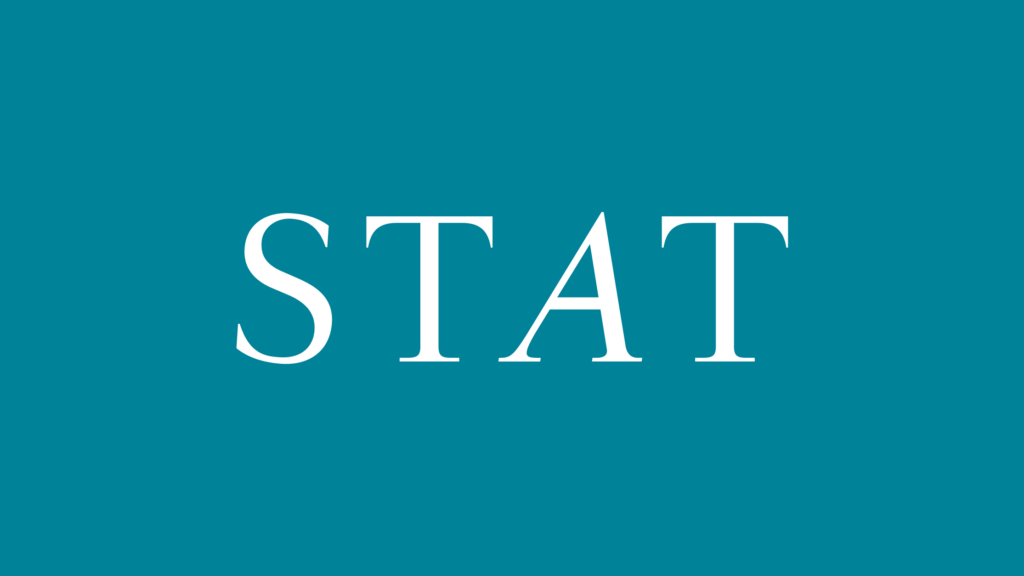Humana’s Medicare Advantage enrollees got care in the hospital and physician clinics way more often than the company predicted at the end of 2023, forcing the health insurance giant on Thursday to drastically slash its profit projections for both 2023 and 2024.
Those higher medical costs will wipe away more than $775 million of profit that Humana had expected to bank for 2023. Humana also is “currently assessing the expected impact of emerging utilization trends on its 2024 outlook, which is anticipated to be material if current trends continue,” according to the company’s update to investors.
advertisement
Humana’s bad news for Wall Street didn’t end there: The company said it appears it only added just 100,000 new Medicare Advantage members from the most recent enrollment period that ended last month — down from estimates that it would enroll anywhere from 325,000 to 435,000 people.
Humana’s stock fell nearly 13% on the updates and dragged down the stocks of its health insurance peers, as well.
Since last summer, the largest health insurers have repeatedly said older adults in their Medicare Advantage plans have gotten more outpatient procedures and have had higher hospitalization rates than their actuaries had predicted — suggesting that patient volumes are returning to, or even exceeding, the norms before the Covid-19 pandemic halted care everywhere.
advertisement
But Humana’s revision to its medical cost forecasts is the most substantial shock yet from the health insurance industry, which has profited handsomely from the Medicare Advantage program for the past decade. UnitedHealth Group, the largest Medicare Advantage player in the country, similarly told Wall Street last week that its Medicare Advantage members were getting more medical care than expected. But UnitedHealth did not lower its profit estimates.
To be clear, Humana will still collect billions of dollars in profit in 2023 and 2024. However, the profit figures will be a lot less than the company originally told investors, which influences the company’s stock price.
More hospitalizations and outpatient care means Medicare Advantage insurers like Humana have to pay out more of their federal payments to hospitals, doctors, and other post-acute facilities, like nursing homes and inpatient rehab centers. But insurers can erect certain barriers to limit how much they pay out.
A series of STAT stories last year showed UnitedHealth and Humana used algorithms and other internal rules to restrict how much rehab care its members got — which limited how much money it had to pay out to nursing homes and other post-acute providers. Humana’s higher incidence of hospitalizations, which naturally results in requests for rehab care in nursing homes and rehab facilities, raises questions about whether Humana and other insurers will further try to rely on technology to cut off payments for that care.
Humana’s tepid Medicare Advantage enrollment for this year also is fueling simmering concern among the investor class about whether growth in the program has plateaued. The federal government will release up-to-date Medicare Advantage enrollment data, fully inclusive of the most recent open enrollment period, in February.

